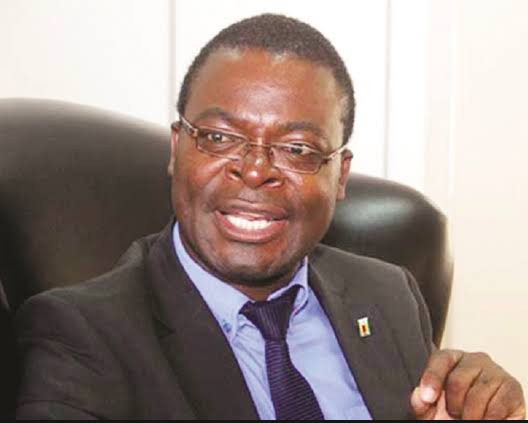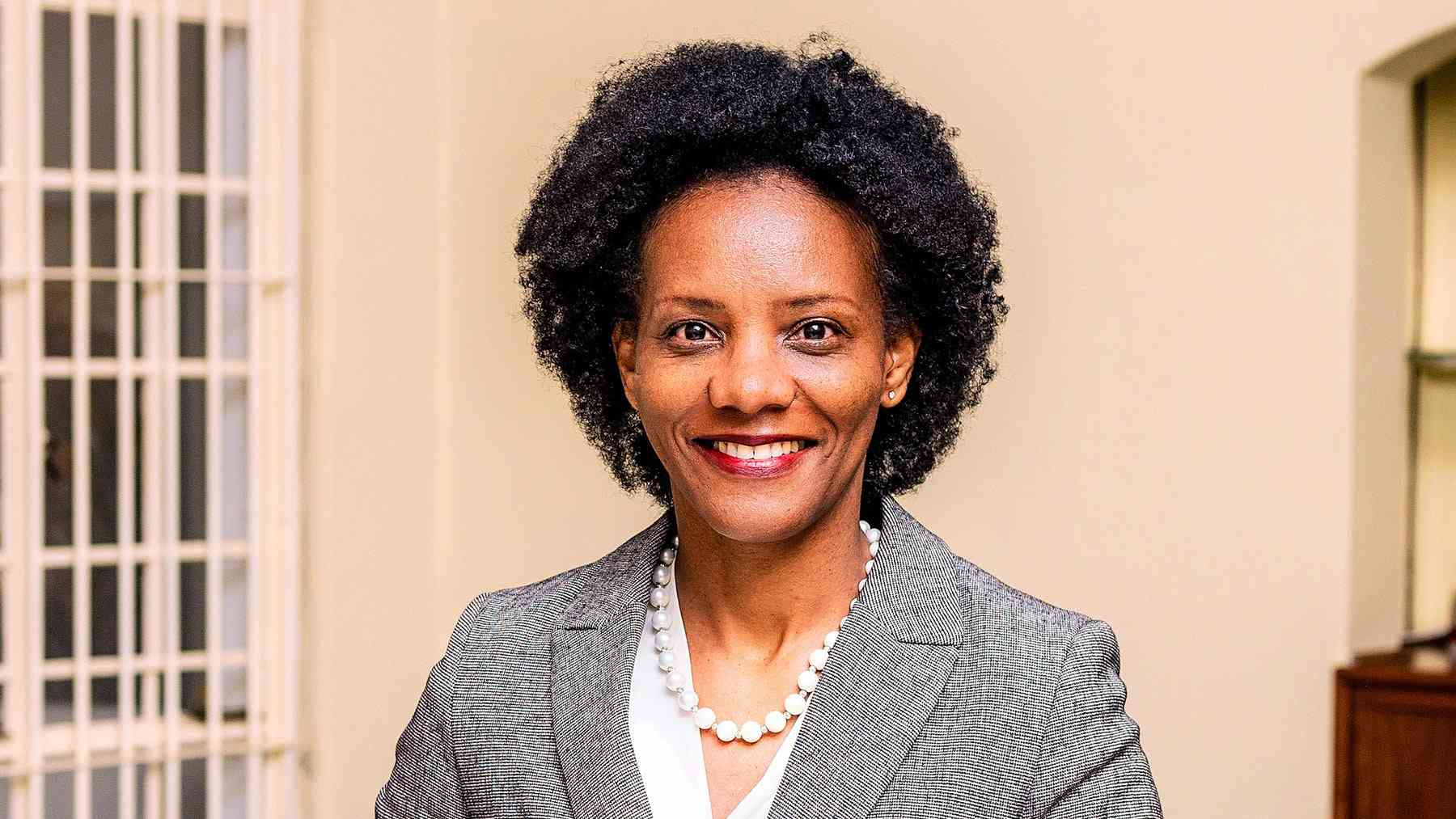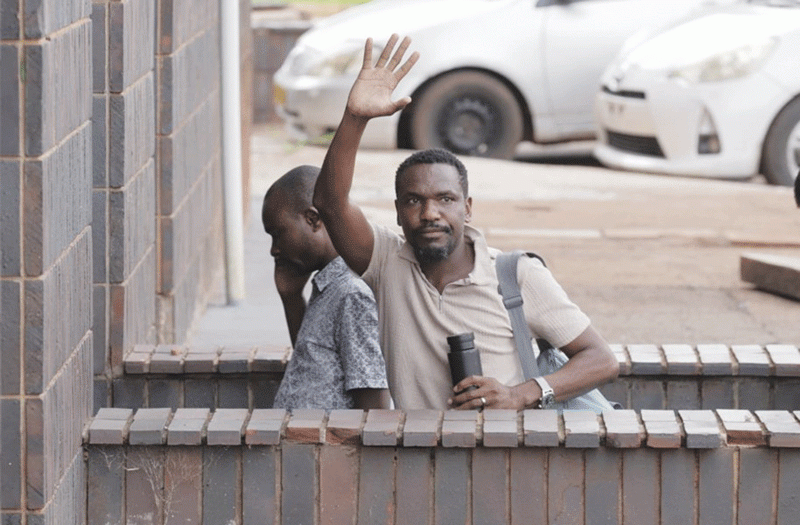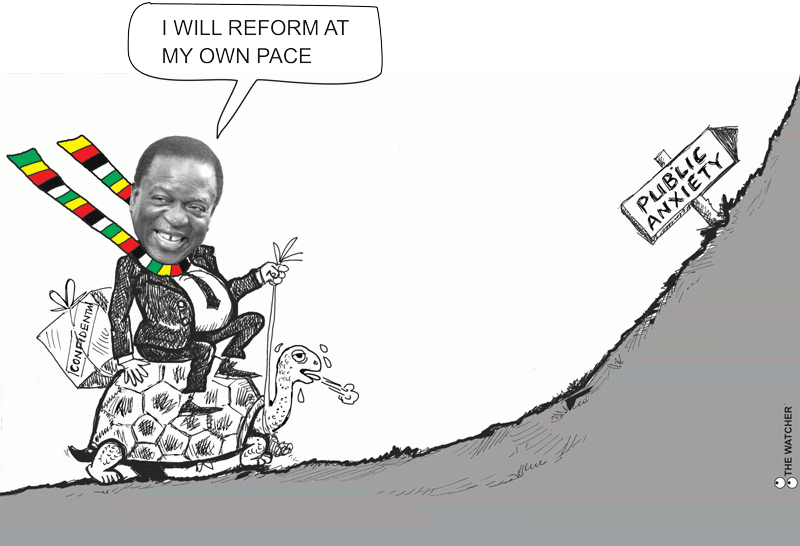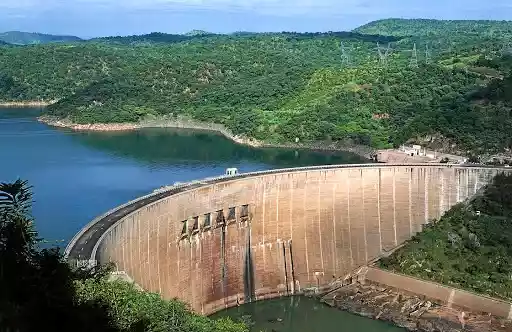
THE Zambezi River Authority (ZRA), an agency established by Zimbabwe and Zambia to manage the river’s basin, has tightened screws against its principals, pushing them to adhere to laid-down consumption patterns in order to avoid another catastrophic power crisis.
ZRA’s mandate is to allocate Zimbabwe, which operates a 1 050 megawatt (MW) hydroelectric power facility on Lake Kariba, and its northern neighbour equal water supplies for power generation.
But last year, the two countries slipped into a crisis after water levels on Lake Kariba dropped drastically, triggering debilitating power crises on both sides of the Zambezi.
Zimbabwe was the hardest hit by blackouts because it heavily depends on the Kariba power facility for its requirements.
The power crisis was most precipitated by low rainfall in the Zambezi River basin the previous season.
Rainfall improved within the basin during the 2022/2023 season, but water levels remain critical, and ZRA is under pressure to ensure water is managed well.
Last year, ZRA allocated 40 billion cubic metres (bcm) for power generation to both countries, according to official statistics.
This year, the two countries will share 30bcm.
- Chamisa under fire over US$120K donation
- Mavhunga puts DeMbare into Chibuku quarterfinals
- Pension funds bet on Cabora Bassa oilfields
- Councils defy govt fire tender directive
Keep Reading
However, the Zimbabwe Power Company (ZPC), a unit of state-run power utility Zesa Holdings that superintends over Harare’s power facility on the southern bank, exhausted its allocations.
The Zambia Electricity Supply Company (Zesco), which runs a much bigger power plant on the lake, also utilised more water than what ZRA had allocated, official reports indicated.
Facing a potential crisis, ZRA moved in in November to roll out serious cuts in the waters that flow out of the lake. It then threatened to shut down the power facility for Zimbabwe until January this year.
The move would be called off following authorities’ intervention, but water levels had already dropped to worrying levels.
ZRA chief executive officer, Munyaradzi Munodawafa, said recently the agency was then forced to place a 700MW cap to power generation.
“We allocate water for the north and south bank power stations,” Munodawafa said in an address to a delegation from the Nile Basin Initiative, who toured the facilities recently. “But the two countries over-used their allocations and we have had to micro-manage the two power stations to preserve water in the lake.”
Munodawafa said crucial meetings were being held every Friday by Zimbabwe and Zambia to monitor developments on the Lake, which supports a big tourism, fishing and transportation economy that has sprouted since Lake Kariba was completed in 1957.
Thriving crocodile farming and processing facilities have recently been established along Lake Kariba, expanding its importance to Harare and Lusaka beyond power generation.
“We meet every Friday to review the use of water for power generation and we are not allowing the generation of more than 700MW at both power stations,” he said.
Kariba Dam is the second largest man-made reservoir in the world at a height of 128 metres and with a crest length of 617 metres. The dam has capacity of holding 181bcm of water.
The dam supplies water to two underground hydropower stations with a total capacity of 1 830MW generating more than 10 035 GWh of electricity annually.
The north bank power station is operated by Zesco in Zambia with an installed capacity of 1 080 MW while the south bank power station is operated by ZPC.
However, according to ZRA, the lake is designed to operate between levels 475,50 metres and 488,50 metres for hydropower generation.
Munodawafa said water levels in Lake Kariba were expected to rise significantly around October this year.
The lake, according to the ZRA website, has been rising due to higher inflows on the mainstream Zambezi River as compared to outflows, closing the period under review at 478,85 metres (23,47% usable storage) on April 17 2023, compared to 479,18 metres (25,86% usable storage) recorded on the same date last year.
Meanwhile, ZPC acting managing director Nobert Matarutse this week revealed that ZRA had approved 500MW electricity generation from Kariba.
“Last year our usage of water at Kariba Power Station was on the high side due to challenges that were being experienced at Hwange Power Station, which are receiving attention,” Matarutse said.
“There have been some reasonable inflows into Lake Kariba, which saw us ramping up production from about 250MW from the beginning of the year to about 500MW as of last week.”
Kariba jumped from 350MW to 506MW and at 1 800MW national peak demand, ZPC is generating 60% of peak demand. The current power generation statistics recorded this week include Munyati (13MW) Bulawayo (zero), Harare (12MW), Kariba (506MW) and Hwange (548MW).

